8 Epic Battles in History Where Filipinos Kicked Ass
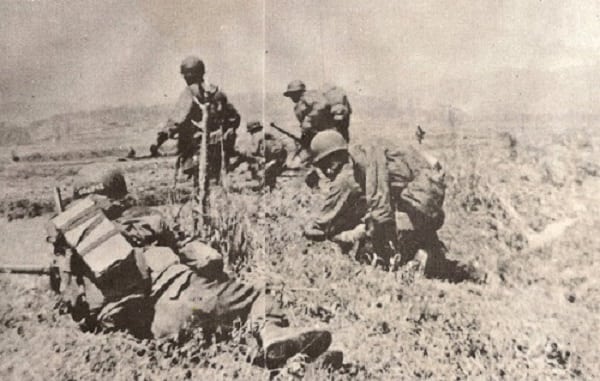
Centuries of infighting and struggling against foreign oppression have forged Filipinos into one of the toughest and bravest races in the world.
Our history alone is filled with the exploits of courageous Filipino fighters such as Lapu-Lapu and Gregorio del Pilar.
And if that isn’t enough to convince you that Filipinos are badass, here are some battles that prove just how rabidly fierce Pinoys are when it comes to fighting. Leonidas would have been proud of us.
Also Read: 6 Famous Foreign Wars You Didn’t Know Filipinos Fought In
1. Battle of Yuldong (April 22 – 23, 1951).
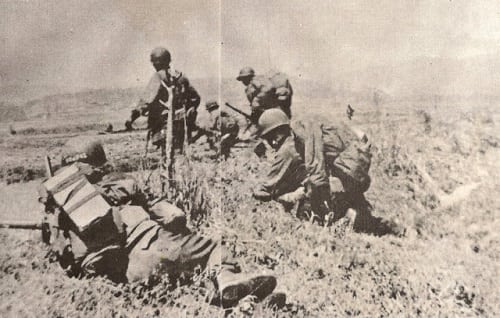
One of the most epic Filipino military victories involved the Battle of Yuldong (formerly spelled Yultong). During that engagement, the 10th Battalion Combat Team (BCT) found themselves cut off from the outside world after their UN allies were forced to retreat by hordes of Chinese and North Korean soldiers.
As part of their “First Spring Offensive,” the enemy had massed about 400,000 troops against the UN forces.
After their allies retreated in disarray, the Filipinos—numbering a mere 900— found themselves surrounded on all sides by 40,000 enemy soldiers. Yet they stood their ground and repulsed wave after wave of enemy assaults which continued well throughout the night.
Also Read: The 10 Most Fearsome One-Man Armies in Philippine History
When the smoke cleared, 15 Filipinos were killed, dozens were wounded, and 14 were missing in action.
However, the BCT killed more than 500 Chinese soldiers while inflicting a huge number of casualties on their side. UN commanders were even surprised to learn later that the Filipinos refused to retreat and instead kept on fighting. Their gallant actions blunted the Chinese offensive and prevented what would have been a total defeat for the UN forces.
For their bravery, the 10th BCT became known as the “Fighting Filipinos.”
2. The Rizal Day Battle for Combat Outpost No. 8 (June 17 – 21, 1952).
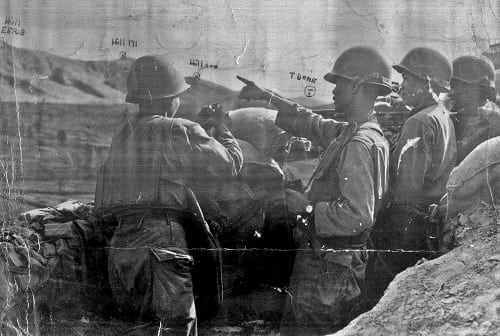
Another shining moment for the Filipino forces in the Korean War came during the aforementioned battle. In this engagement, members of the 19th Battalion Combat Team known as the Bloodhounds fought a gory four-day battle with Chinese forces who were attempting to overrun their positions in Combat Outpost No. 8, a tactically important segment which comprised Hill 191 (also known as Arsenal Hill) and Hill Eerie.
The area had earlier been taken in a brave assault by the Filipinos led by former President Fidel V. Ramos who was a lieutenant at that time. The Chinese first opened up their assault with a withering artillery barrage which the Filipinos endured and answered with their own.
Thousands of Chinese soldiers then rushed in on the Filipino positions in an attempt to overrun them. They were battered by the Filipinos, who in several instances even fought hand-to-hand combat with the enemy.
Also Read: The 9 Most Epic Battle Speeches Ever Given By Filipinos
The Filipinos’ fierce resistance forced the Chinese to call off the attack.
In the aftermath, the Chinese lost two tanks and more than 500 soldiers. The 19th BCT, meanwhile, suffered approximately less than two dozen dead and wounded. The victorious Filipinos, celebrating their triumphant win against all odds, raised their flag on Hill 191 in full view of the Chinese.
3. Battle of Pulang Lupa (September 13, 1900).
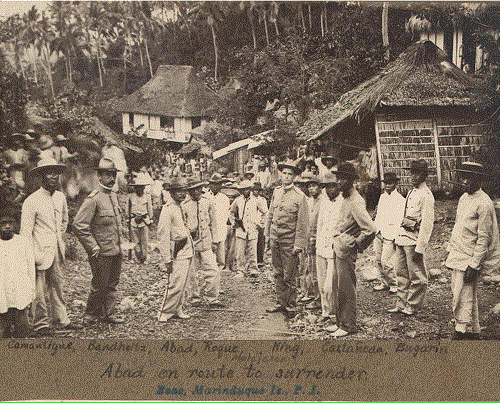
Against the backdrop of the Philippine-American War, this battle would be one of the biggest victories for Filipino forces in Marinduque.
The leader of the Filipinos, the elusive Lt. Col. Maximo Abad, set up a perfect trap that led to the capture of an entire American detachment headed by Capt. Devereux Shields.
Expertly arranging his forces, Abad succeeded in forcing the Americans to take shelter in a small rice field. The cornered Americans could not retreat as their escape route had been blocked by guerrilla forces as pre-planned by Abad.
Also Read: 8 Dark Chapters of Filipino-American History We Rarely Talk About
Seeing that there was no other choice, heavily-wounded Shields raised the white flag of surrender. The Filipinos captured more than 50 Americans including their captain. The defeat sent shockwaves all the way to the US, most notably because Abad had just effectively defeated one-third of the American garrison in the province.
4. The Red Sea Incident (November 29 – 30, 1574).
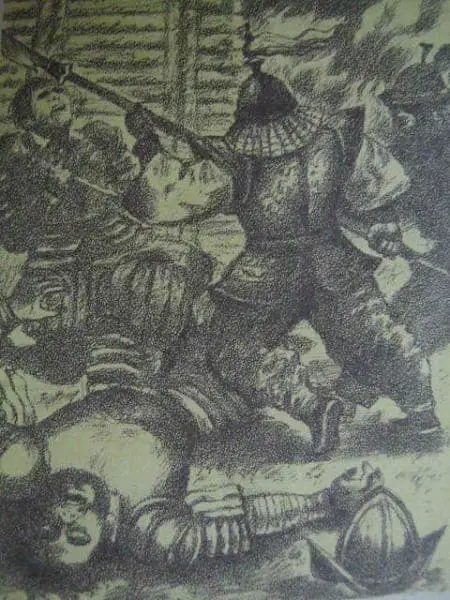
Little is known of Don Galo, other than that of his heroic role against the notorious Chinese pirate Limahong who tried to invade Manila. As a prelude, he attempted to establish a stronghold in Parañaque first under the belief that the locals there would provide no resistance.
He was proven wrong as the defenders from the Brgy. Sta. Monica led by Galo provided stiff resistance against the invaders. So much blood was spilled that the battle became known as the Red Sea Incident.
Also Read: The Real-Life Fairy Tale That Changed Philippine History Forever
Finally, Spanish soldiers arrived to help the Filipinos repulse Limahong from the area. In gratitude, the Spaniards later awarded Galo with the title of “Don” while the residents of Brgy. Sta. Monica replaced their barangay’s name with his own.
After the battle, an infuriated Limahong was said to have executed his scouts for lying to him about Parañaque being “defenseless.”
5. Negros Revolution (November 3 – 6, 1898).
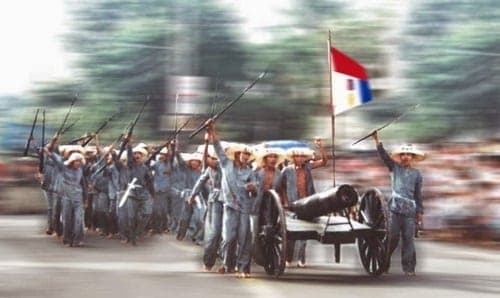
According to Sun Tzu’s Art of War, “supreme excellence consists of breaking the enemy’s resistance without fighting.” Negrense revolutionaries must have taken those words to heart when they made the Spanish virtually surrender without a fight save for a few skirmishes during the Revolution.
Led by Generals Aniceto Lacson from the north and Juan Araneta from the south, the revolutionaries marched towards the island’s capital of Bacolod City where the Spanish had ensconced themselves in. The rebels made fake cannons out of rolled bamboo mats which they painted black and fashioned rifles out of palm fronds. Needless to say, the ruse worked magnificently.
Also Read: 8 Extremely Interesting Lesser-Known Battles in Philippine History
The Spanish Governor Isidro de Castro, seeing the rebels fully-armed while holed up with his soldiers inside the city’s cathedral, decided to give up without a fight. On the same day, he signed a declaration of surrender, ending Spanish rule on the island and ushering in the Republic of Negros.
6. The Raid at Cabanatuan (January 30, 1945).
Known as the “Great Raid” and already depicted in several films, this operation would be known as one of the most successful rescue operations ever conducted by US Rangers during World War II. Of course, they could not have pulled it off without the assistance of Filipino guerrillas under Captain Juan Pajota.
A native of Nueva Ecija, Pajota joined the USAFFE forces and later became the leader of a guerrilla unit when the Japanese overran the Philippines. At the time of the operation, the Americans were worried that the Japanese would massacre the 500-plus POWS being detained in the concentration camp in Cabanatuan. They devised a daring behind-the-lines rescue mission to save the operation.
Pajota provided the Americans with valuable surveillance information and arranged for carabao-drawn carts to carry the prisoners whom he knew were too weak to walk back to friendly lines. He also suggested a plan—which was approved—that an American plane would first fly over the camp to distract the Japanese before they attacked.
Also Read: This Unsung WWII Hero Will Inspire You To Be A Better Filipino
During the operation itself, Pajota and approximately 200 of his guerrillas held off more than a thousand Japanese soldiers who were attempting to cross the bridge that led to the camp to reinforce their comrades. In the aftermath, the Filipinos wiped out the Japanese without incurring a single death. For his leading role in the successful rescue, Pajota was awarded a Bronze Star by the grateful Americans.
7. Battle of Bataan (January 7 – April 9, 1942).
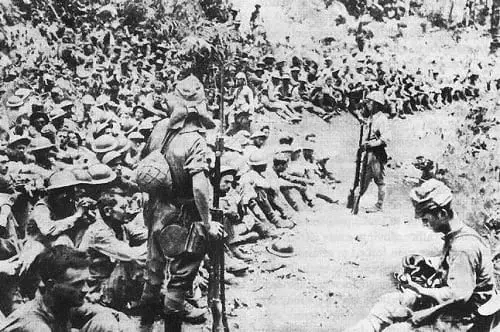
To write this battle off as a defeat against the Japanese would be to understate the valiant sacrifice made by tens of thousands of Filipinos who fought alongside the Americans. Although it was a losing effort from the start, the USAFFE put up stiff resistance that baffled the invaders and essentially disrupted their timetable for the conquest of Asia and Australia.
The Japanese, made overconfident by their easy conquests of other places such as Hong Kong and Singapore, found out the hard way that the defenders would not go down without a fight. The forces fighting in Bataan became known throughout the world as the “Battling Bastards of Bataan” because of their dogged determination to fight the enemy.
Also Read: 10 Biggest Misconceptions About World War II In The Philippines
Of note under the Bataan campaign is the Battle of the Pockets and Points where USAFFE forces killed at least 2,000 Japanese soldiers after they had attempted to breach the defensive lines. The debacle forced General Masaharu Homma to withdraw and wait for reinforcements. After the Philippine campaign, he was later recalled back to Tokyo, his career in ruins. The Japanese had expected to conquer the Philippines in six weeks. They did it in six months.
8. Battle of Imus (September 1 – 3, 1896).
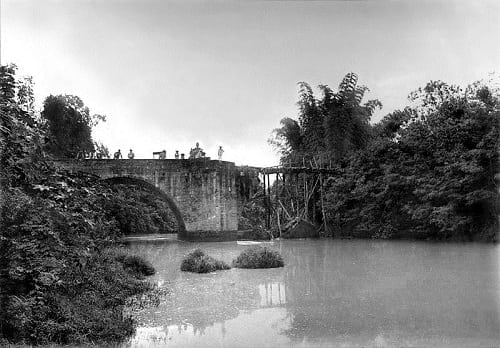
For all the controversies surrounding Emilio Aguinaldo, one thing that can’t be disputed is his military prowess. And according to historian Nick Joaquin, the Revolution would have essentially died out if Aguinaldo didn’t win the Battle of Imus (and his other battles) against the Spanish.
During this three-day battle, the fate of the Revolution hung on whether Aguinaldo and his men would win or lose. After taking the town of Imus in a hard-fought fight with the Spanish, Aguinaldo expertly laid a trap for the 500 incoming Spanish soldiers led by General Ernest de Aguirre at the Bridge of Isabel II above Imus River.
The Spanish needed to cross the bridge which led all the way to the town. Aguinaldo destroyed one section of the bridge, concealed it, and then hid his men in strategic areas all over the river bank.
Also Read: 5 Young Pinoy Heroes Who Did Amazing Things Nobody Talks About
The plan worked: the arriving soldiers did not see the destroyed section of the bridge until the last moment, at which point Aguinaldo ordered his men to open fire and attack the Spanish. He also closed off any means of escape when he deftly led his men across the shoulder-deep river towards the rear of the Spanish.
After the battle, the victorious revolutionaries retrieved 70 rifles and other much-needed military equipment. Aguinaldo, on the other hand, picked up the saber left by General de Aguirre in his haste to escape. It later became his personal sword.
References
Army Troopers News Online, (2014). Army remembers 63rd year of the Battle of Yuldong. [online] Available at: http://goo.gl/7ytRPD [Accessed 19 Sep. 2014].
Doll, J. (2008). The Battling Bastards of Bataan. 1st ed.
Joaquin, N. (1977). A Question of Heroes. 1st ed. Filipinas Foundation, Inc.
North, O. (2004). War Stories II: Heroism in the Pacific. 1st ed. Regnery Publishing.
Parañaque City Official Website, (2014). Barangay Don Galo. [online] Available at: http://goo.gl/l3NJzv [Accessed 20 Sep. 2014].
Public Broadcasting Service (PBS), (n.d.). People & Events: Juan Pajota and Filipino Contributions to the Raid. [online] Available at: http://goo.gl/z9TNpb [Accessed 20 Sep. 2014].
Somera, V. (2010). Brown American. 1st ed. Xlibris Corporation.
The Kahimyang Project, (2012). Today in Philippine History, November 7, 1898, the Republic of Negros was founded. [online] Available at: http://goo.gl/ro6pa4 [Accessed 20 Sep. 2014].
Tucker, S. (2009). The Encyclopedia of the Spanish-American and Philippine-American Wars: A Political, Social, and Military History [3 volumes]. 1st ed. ABC-CLIO, p.303.
UlongBeach.com, (n.d.). The Battle of Pulang Lupa – September 13, 1900. [online] Available at: http://goo.gl/yxM9TY [Accessed 19 Sep. 2014].
Villasanta, A. (2009). 19th Battalion Combat Team (Motorized). [online] The Philippine Expeditionary Force to Korea (PEFTOK): 1950-1955. Available at: http://goo.gl/uwk6UQ [Accessed 19 Sep. 2014].
Villasanta, A. (2012). Filipino soldiers’ story of Korean War: Valor redux. [online] INQUIRER.net. Available at: http://goo.gl/uwSRgc [Accessed 19 Sep. 2014].
Young, D. (2009). The Battle of Bataan: A Complete History. 2nd ed. McFarland.
FilipiKnow
FilipiKnow strives to ensure each article published on this website is as accurate and reliable as possible. We invite you, our reader, to take part in our mission to provide free, high-quality information for every Juan. If you think this article needs improvement, or if you have suggestions on how we can better achieve our goals, let us know by sending a message to admin at filipiknow dot net
Copyright Notice
All materials contained on this site are protected by the Republic of the Philippines copyright law and may not be reproduced, distributed, transmitted, displayed, published, or broadcast without the prior written permission of filipiknow.net or in the case of third party materials, the owner of that content. You may not alter or remove any trademark, copyright, or other notice from copies of the content. Be warned that we have already reported and helped terminate several websites and YouTube channels for blatantly stealing our content. If you wish to use filipiknow.net content for commercial purposes, such as for content syndication, etc., please contact us at legal(at)filipiknow(dot)net